The Grand Tour, undertaken at the end of the seventeenth century and especially throughout the eighteenth century by young English aristocrats wanting to complete their education, took them to celebrated European cities of culture, in France as well as Italy – the two main destinations on these travels that lasted for several months, or even years. The word “tourist” first appeared in English at the end of the eighteenth century and was made official in French by Stendhal, with his Mémoires d’un touriste, 1838. It generally applied to a privileged social class or those who had a “bohemian” lifestyle, with the benefit of connections that would ensure places to stay. Tourism grew thanks to the train, which made travel easier, enabling faster and more punctual journeys in considerable comfort (with sleeping and restaurant cars, porters, left-luggage facilities and so on). The perfect tourist’s kit included custom-made suitcases (marking the beginning of unostentatious luxury), as well as clothes and boots designed for walking. New destinations were offered, mostly for short trips, such as spa and seaside resorts, and indeed doctors even began to prescribe swimming cures… It would be incorrect to speak of the “democratisation of tourism”, since at that time it was only available to a tiny leisured set who frequented the same hotels and gambled in the same casinos. Nevertheless, from the middle of the nineteenth century, the first “package tours” catered for those who would become known as the “middle classes”.
In parallel with the first travel agencies (such as Thomas Cook, whose first package tours were launched in 1841) came publication of the first “tourist guides” (Baedeker in 1828, Murray in 1836, Joanne in 1851– this last published by Hachette, and later called the Guide Bleu). These not only suggested “panoramas”, important “monuments” and “local specialities” but also provided practical advice. World Fairs, beginning with London’s Great Exhibition in 1851, took place regularly in big cities, stimulating tourism, which took several different forms that could easily be combined, such as leisure, business and sex tourism. Such “events” required the construction of hotels, restaurants, places of entertainment (theatres, cabarets, museums, department stores, swimming pools, racetracks, skating rinks, parks and gardens…) as well as urban transport networks. These cities gradually embraced electricity and were improved and modernised. Tourism contributed to the city’s economic growth which, to a greater or lesser extent, spread to its surrounding region. More visitors (sixty million) attended the 1900 Paris Expo than there were people living in mainland France (forty million). A significant proportion of these were tourists who had sometimes come from considerable distances rather than as day trippers. After trains came the cruise ships, followed shortly thereafter by aeroplanes. These means of transport competed to deliver luxury in order to attract a wealthy clientele. An American economist, Thorstein Veblen, set out his Theory of the Leisure Class (1899), describing those seasonal tourists with private means who imposed their way of life in the luxury hotels of capital cities and other fashionable resorts. Thus, the “Grand Hotels” were furnished with hairdressing salons, laundry and dry-cleaning services, news kiosks, tobacconists and so on. Breakfast became a self-service affair, in the latest style. This high-end tourism, with its specific rhythms and activities (summer in the mountains for the fresh air, winter on the Mediterranean coast – not as yet known as the Côte d’Azur – to take advantage of its clement weather) was insulated from a new kind of popular tourism, which came out of legislation that brought paid holidays. However, through mimetism (the famous Laws of Imitation that were so well analysed by Gabriel Tarde as early as 1890) the “holidaymakers” belonging to the working class (the same class whose workers were occupying French factories in June 1936) hoped to emulate the “bourgeois” who were so minutely examined by Jean Vigo’s camera, as if by the eye of an entomologist, in his film À propos de Nice (1929).
After the Second World War, tourism expanded. In the name of economic growth, many government policies were enacted that found favour with local authorities. Mayors all wanted their own festivals, carnivals and fairs, under the pretext of investing in the tourist industry, which was thought to be a real money maker. In fact, the tourist economy rapidly became internationalised, and local benefits were lost. There was of course some spillover, but in the end it was quite modest, since ice-creams and postcards are also supplied by multi-nationals. Tourism seemed to be a solution to many issues: it would encourage Third World development and would be a substitute for decommissioned factories. “Fair”, “sustainable” and “responsible” tourism were invented, which were supposed to contribute to local wealth creation without disrupting traditions and altering landscapes. Despite the good intentions of the “actors” in these new types of tourism – as often the local residents as the cosmopolitan tourists – the returns remain limited and tourism contaminates the host society to the point of transforming its very character. Tourism, like technology, is not “neutral”: just as a rolling mill demands three eight hours shifts, even in a society regulated by five daily prayers, so does tourism generate condescension, submission, a tipping culture, a role-play situation in which a number of the players sell their souls… Tourism is unable to correct itself on its own, nor evolve into travel; it establishes an intrinsic hierarchy. The traveller discovering a culture respects its time and space, while the tourist moves around in a constant here, detached from elsewhere. Tourists enter the space that belongs to others without actually being present and in accordance with their own sense of time, without a care for the rhythms of those they force to take the role of hosts. Making a claim for travel as opposed to tourism reflects the ethics of the contact. The traveller welcomes the unexpected and the surprising as a benefit, while the tourist sees it as a malfunction, grounds for dispute. Travellers leave without knowing their date of return, tourists buy return tickets and stick to their timetables come what may. Travellers take time to acclimatise as they explore – often on foot – and their bodies become used to different food, climates and time zones, without their health suffering. Tourists catch cold because of the air conditioning, or because of its absence, and self-medicate to avoid “holiday tummy”, that familiar complaint, or to reduce the effects of being in a different time zone. Travellers learn to discover themselves when they discover a new site or meet new people. Tourists only interact with others when they eat at the same table or sit next to each other on the coach taking them on excursions…
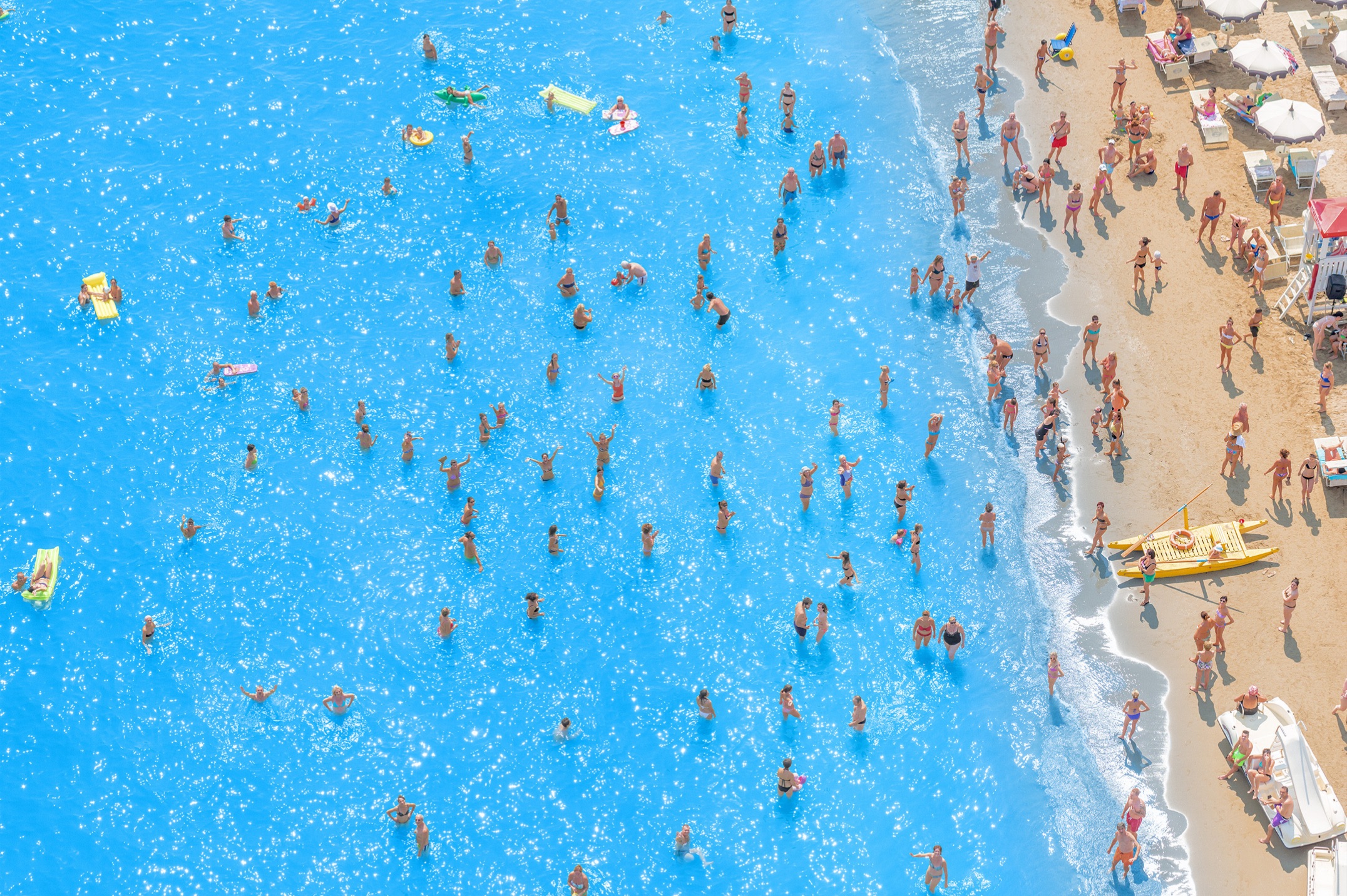
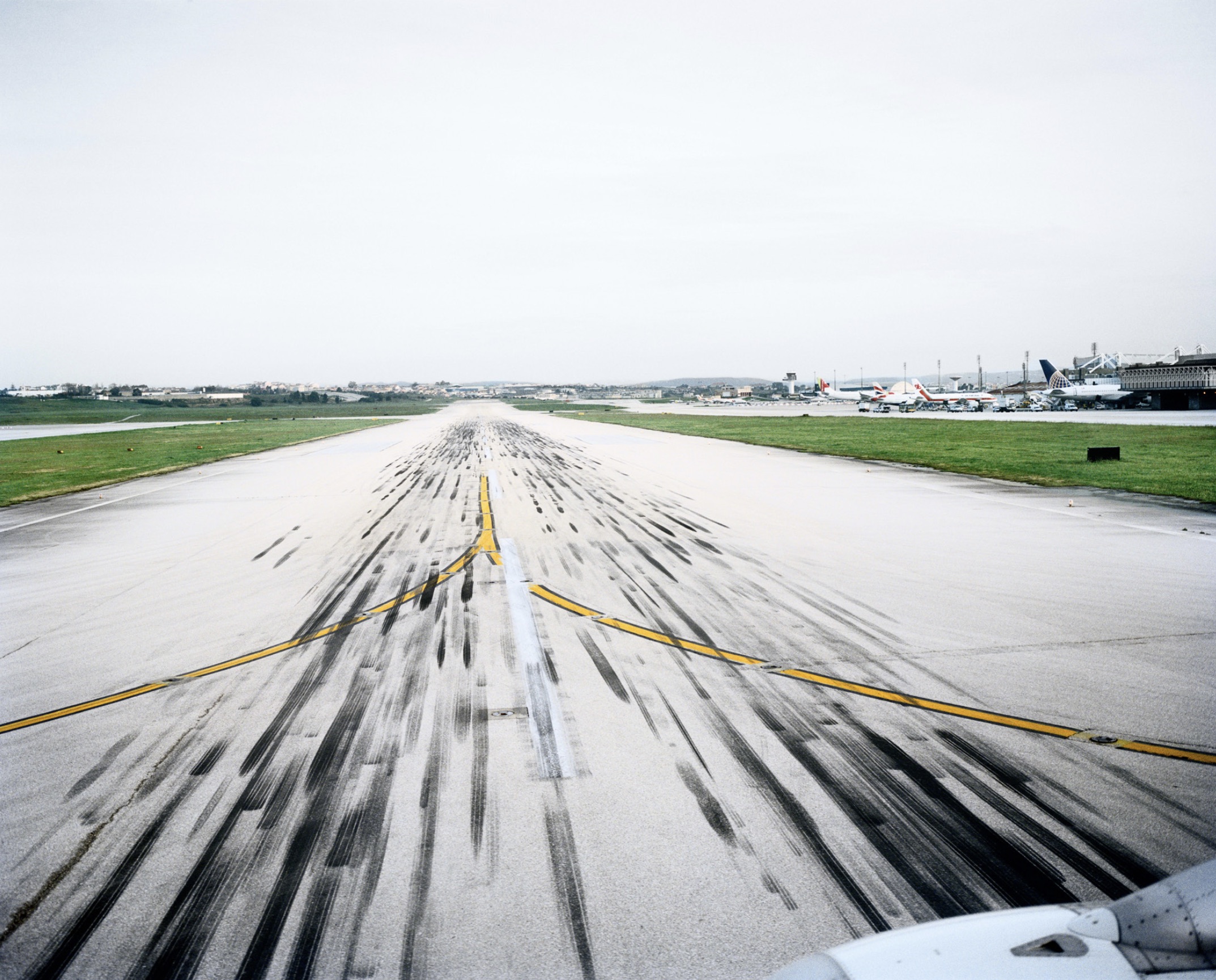
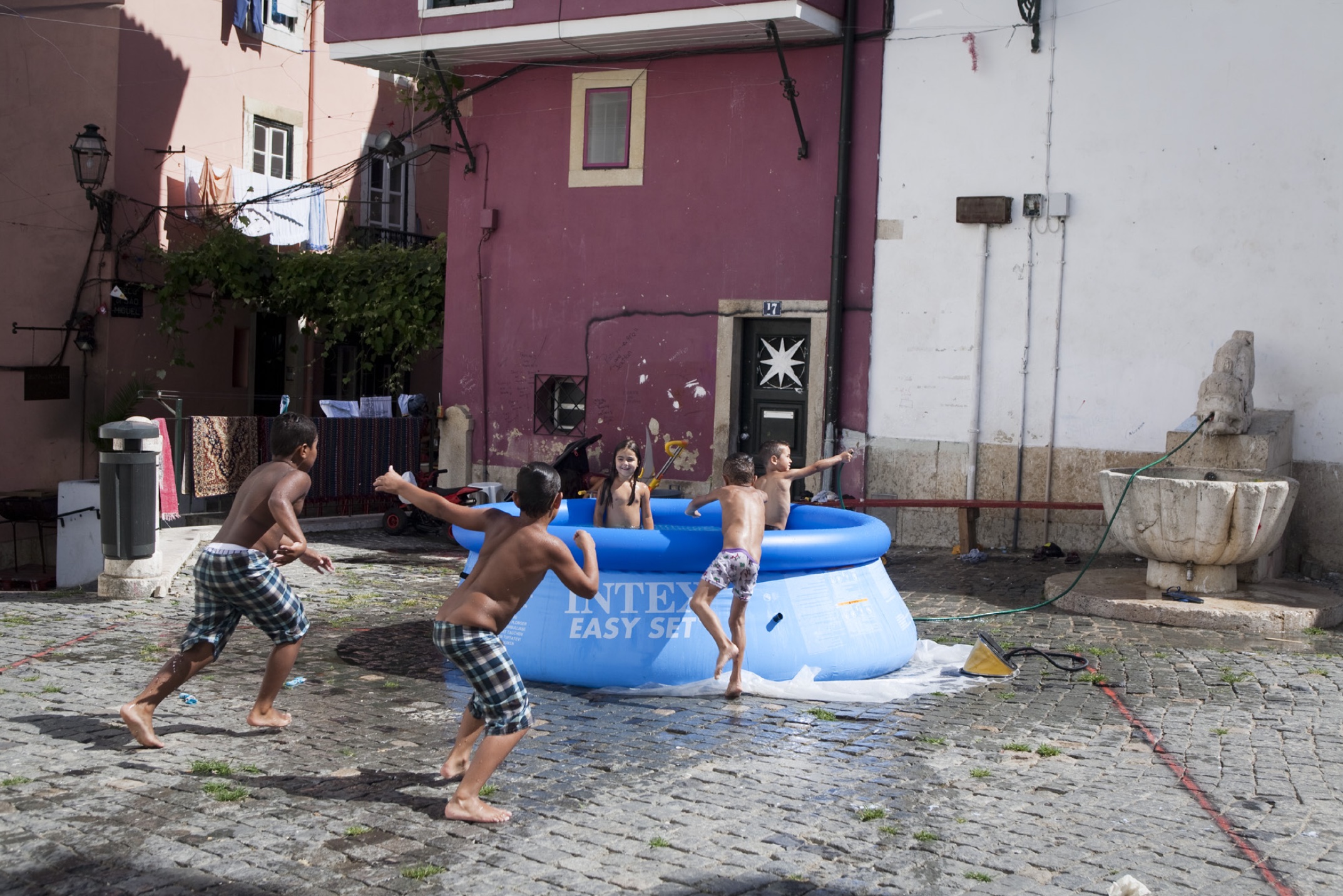
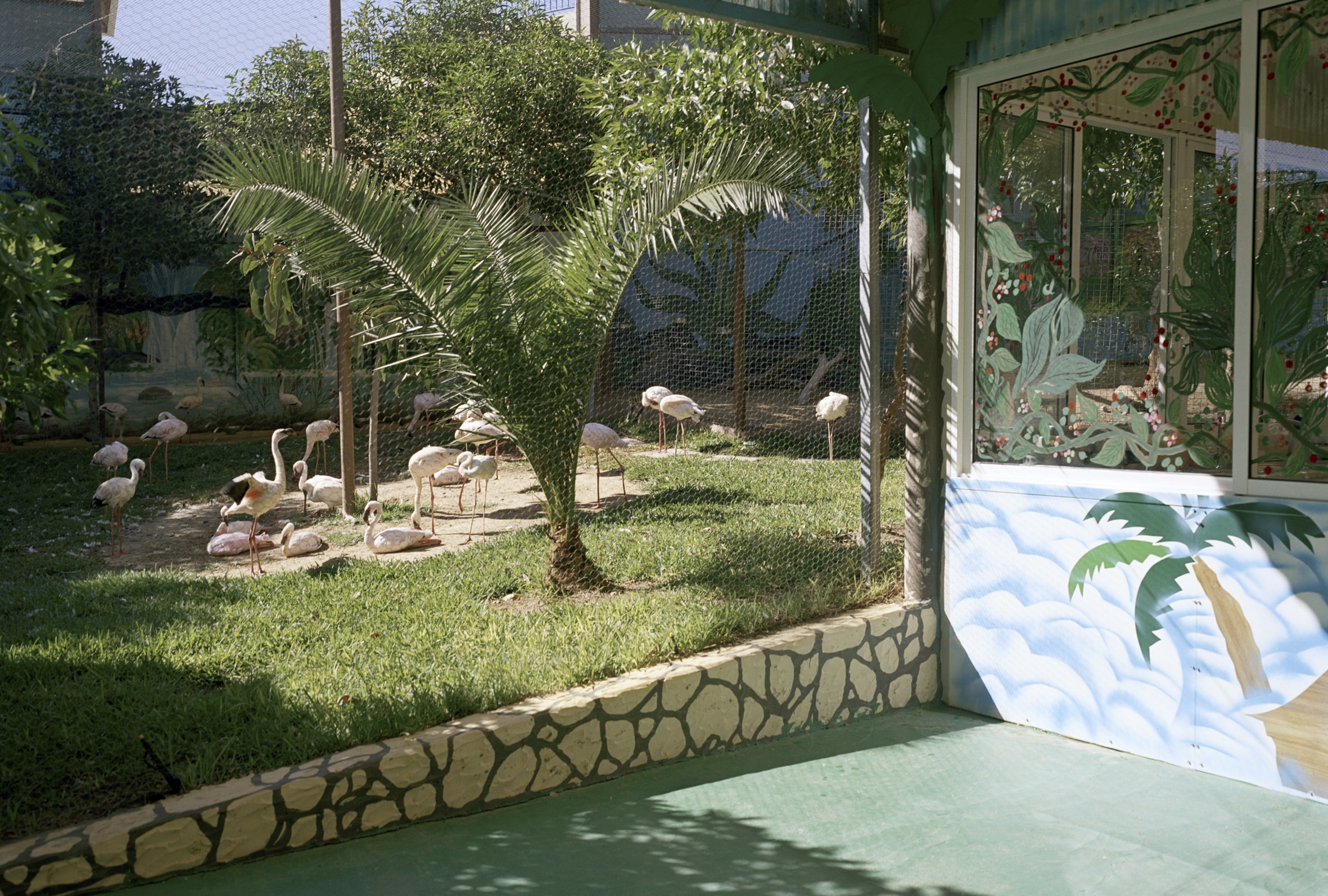
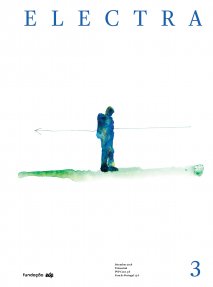
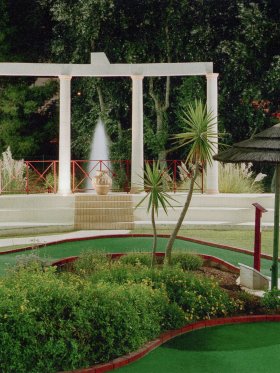

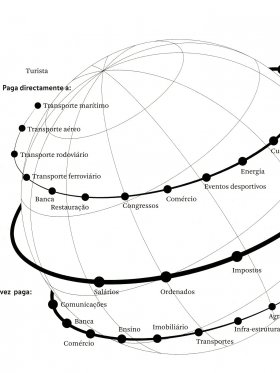
Share article